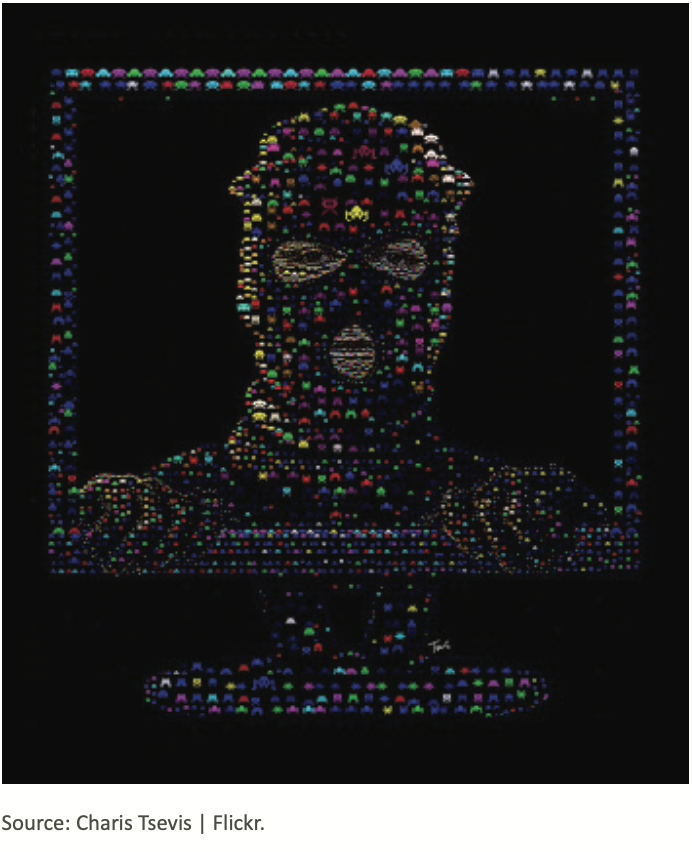
Young jihadists “are piecing together a new online aesthetic inspired by the world’s most notorious trolls” to sustain their militancy, even as they keep a critical distance from self- appointed leaders and others in their religious community, writes Moustafa Ayad in Wired magazine (December 8). Ayad writes that this generation of young jihadists seems “outwardly conflicted, borrowing from those that hate what it represents but seemingly compelled by that very same hate. A generation as fluent in Hadith to support wanton violence as in the hatred of minorities and the latest DaBaby track.” Ayad sees parallels with the alt-right movement in the U.S., as both similarly reject modernity in favor of tradition. He argues that the same dynamics that led to the founding of the alt-right are now fueling a growing movement of “alt-jihadists” of all stripes. While they may be dismissed as a fringe movement (like the alt-right), the new version of jihadism stays “on brand with support for staple extremist groups such as Hezbollah, the Houthis, Hamas, the Taliban, Hayat Tahrir al-Sham, al-Qaeda, and the Islamic State.” Even while they applaud the September 11 attacks, “this demographic simultaneously views the events with skepticism as a result of ‘truther’ movements positing conspiracies that it was an ‘inside job’ and a secret plan by a cabal of Jews.” Ayad sees the alt-jihadists as representing contradictory sentiments, defending ethno-states even while attacking white supremacists who do the same.

In a study of more than 5,000 memes and meme videos created and shared by alt- jihadists and the digital communities around them, Ayad and his associates found that about 20 percent of this material was supportive of militant groups, including Hamas, the Taliban, and jihadist organizations such as Hayat Tahrir al-Sham. They found similar dynamics with supporters of Iran-backed militias like Hezbollah and the Houthis. All of this online material used some form of alt-right trope or imagery—such as Pepe the Frog, GigaChads, Wojaks, and YesChads. These young jihadists have also adopted the alt-right’s organizational strategy. Buried across six Facebook pages and groups, representing some 20,000 followers, Ayad found accounts engaged in explicitly jihadist meme discussions and production, with memes that mimicked the alt-right style while being mostly in Arabic and supportive of the Islamic State and Hayat Tahrir al-Sham. This mixing of alt-right and jihadist aesthetics could be seen on the 20th anniversary of the September 11 attacks, when a coalition of alt-jihadist meme producers ran a competition to see who could create the best meme of the attacks. Ayad argues that the alt-jihadists represent “a turning point in both extremist support and our modern era. It is a harbinger of the future of extremism, in which the cultures of seemingly oppositional groups meld….Alt-jihadists are currently in the community-building and recruitment phase, networking across platforms, borders, and languages and using memes as clickbait. They’re employing the ‘sticky media’ by which they intend to form real-world fighting forces.”
(Wired, https://www.wired.com/story/alt-jihad-rising-social-media/)